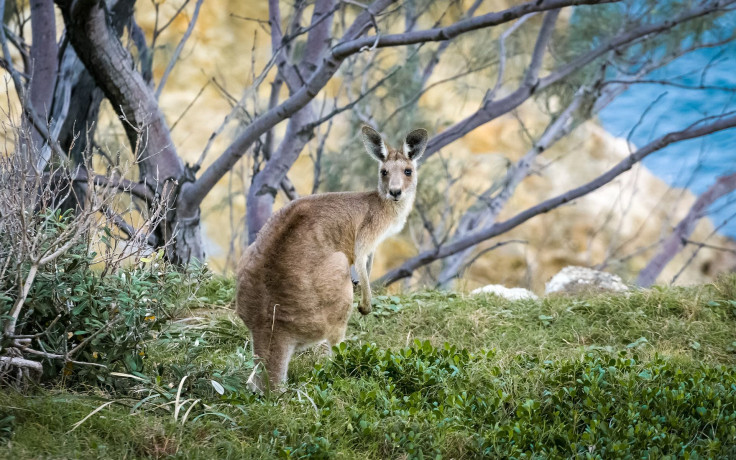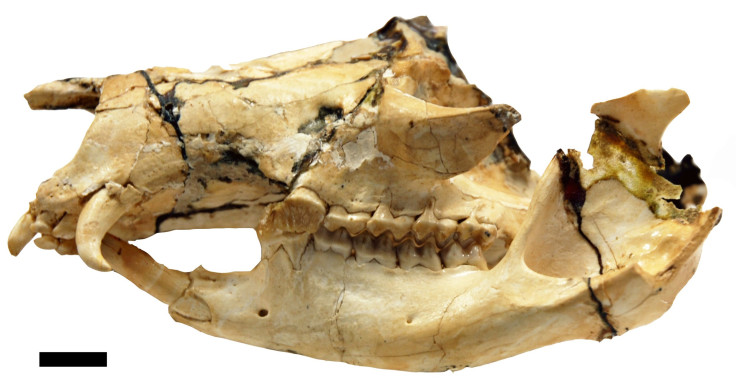Kangaroos With Fangs: Why This Prehistoric Animal Went Extinct

The ancestors of modern kangaroos may have fought off some prehistoric vampires to get where they are today — scientists say the Australian marsupials could have won an evolutionary battle with another type of kangaroo that had fangs.
This was back in the days when kangaroos were smaller and had not yet developed the ability to hop. While carnivores like wolves use their fangs to lock onto their animal prey, scientists believe the now-extinct group of fanged kangaroos were vegetarians. Instead of having a function for eating, the teeth may have played a role in mating.
“There is a lot of research to be done before we can be sure what their canine teeth were used for but some have suggested they were used to attract potential mates,” researcher Kaylene Butler said a statement from the University of Queensland.
Scientists are looking for more clues about what these creatures were like and why they disappeared, and recent findings about when they lived could push us toward better understanding them.

Although previous estimates put the extinction of the fanged kangaroo group at about 15 million years ago, new research in the journal Palaeogeography, Palaeoclimatology, Palaeoecology suggests it happened much more recently, which means those lost creatures could have been edged out by their fang-less relatives.
Fanged kangaroos, known as balbarids, may have lived as recently as 10 million years ago, tagging their extinction to the later part of the Miocene instead of to the middle of that geological epoch. With the earlier estimate, scientists had thought that the balbarids went extinct because of a drastic change in Earth’s climate, which would line up with the extinctions of many land and marine animals in the middle of the Miocene as climate conditions shifted, a warming period known as the Miocene Climatic Optimum. But if they did indeed survive for several million more years, it could have been competition with other prehistoric kangaroos that did them in — specifically, the ones without the huge canines.
“The species might have competed for resources with ancestors of modern kangaroos,” the university explained.
The new extinction timeline is based on a research analysis of, among other details, how diverse the different fanged kangaroo species were and their body sizes — roughly the same as a “small wallaby,” according to the university. The researchers were studying fossils from the Queensland Museum that date back as far as 25 million years and were collected from the Riversleigh World Heritage Area, a protected mammalian fossil site in south-central Queensland.
Other new details about the fanged kangaroo species listed in the study include that their body masses increased over time, right up until the time they were wiped out, but they became less diverse as a group. They were also “less abundant” than the other kangaroos around Riversleigh, according to the study.
“Fanged kangaroos and the potential ancestors of modern kangaroos are both browsers — meaning they ate leaves — and they scurried, but did not hop,” Butler said, describing the creatures.
They would have emerged in a part of Australia that was mostly rainforest.
According to Butler, knowing how kangaroos evolved and how different species went extinct could help protect the 21 species today that are listed as either vulnerable or endangered.
© Copyright IBTimes 2025. All rights reserved.





















